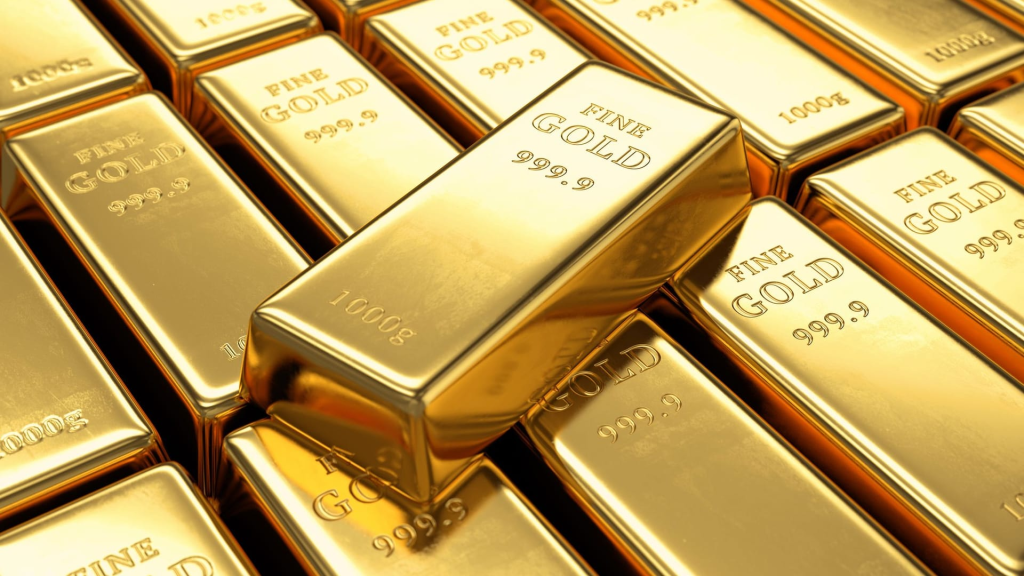The pound was little changed against the dollar in early European trading on Tuesday, changing hands at $1.2920, as investors braced for US president Donald Trump to unveil reciprocal tariffs on 2 April.
Trump is set to announce sweeping country-based duties on Wednesday, which he has dubbed “Liberation Day”.
Trump’s varying comments on the nature and extent of tariffs have fuelled volatility in markets this month, with fears that an escalating trade war will drive already stubborn inflation higher and weigh on economic growth.
When asked for details of the tariffs on Monday, Trump told reporters: “You’re going to see in two days, which is maybe tomorrow night or probably Wednesday.”
He added: “We’re going to be very nice, relatively speaking, we’re going to be very kind.”
Tariff fears prompted a sell-off across markets globally on Monday, with the FTSE 100 (^FTSE) losing 0.9%, though the UK’s blue-chip index rebounded on Tuesday morning to start April on the front foot.
Richard Hunter, head of markets at Interactive Investor, said: “Ahead of the imminent ‘Liberation Day’ announcement, details remain patchy on the level of tariffs which have led to calls of potential stagflation or, at worst, recession.
“Indeed, Goldman Sachs has raised its estimate of the likelihood of recession to 35% from a previous 20%, while alongside the uncertainty the mega cap sector has also taken something of a beating.”
The pound edged slightly higher against the euro (GBPEUR=X) on Tuesday morning, trading at €1.1944.
Gold (GC=F)
Gold prices notched fresh highs at the start of a new quarter on Tuesday, with uncertainty over tariffs continuing to help fuel demand for the safe-haven asset.
Gold futures (GC=F) were up 0.1% at $3,153.80 per ounce at the time of writing, while the spot price advanced 0.1% to $3,127.49 an ounce.
According to a note from Deutsche Bank Research on Tuesday morning, gold prices were up 19% in the first quarter, marking their biggest quarterly gain since 1986.
In a note on Monday, Hamad Hussain, climate and commodities economist at Capital Economics, said: “Central banks have been a key part of the rally in gold prices over the past 18 months. Indeed, the World Gold Council estimates that central banks now account for about 20% of total gold demand, almost double their average share between 2011 and 2021.”
“Overall, gold’s role as a portfolio diversifier means that central banks will probably remain a large and steady source of gold demand and continue to offset downward pressure on gold prices from a stronger dollar and higher Treasury yields,” he said.



